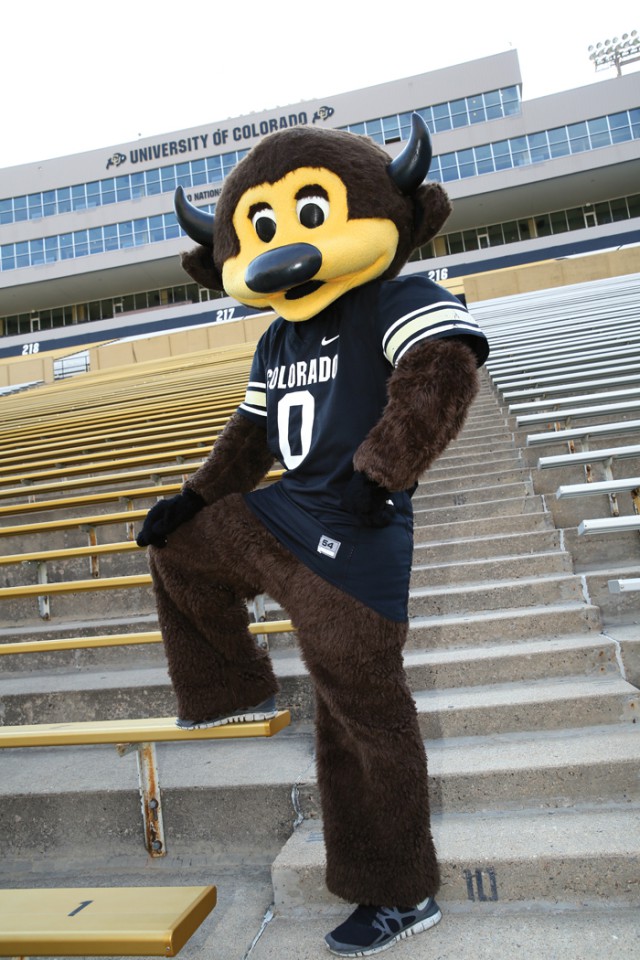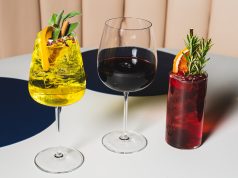
The contrasting mission of college academics and college sports is about to be highlighted at the University of Colorado on Saturday, Sept. 13 with the Buff ’s first home game of the season.
As an academic institution, CU’s mission is to educate the community and help prepare students for a career after graduation, but as a sports program, its mission is to put the best team of student athletes on the field and hopefully generate enough revenue to self-fund itself. One place these two missions collide is on the issue of alcohol sales during sporting events.
The Buffs perplexing policy of alcohol service at football games has long had detractors. Part of the stadium is still wet while areas where students sit are dry. In 1996 the sale of alcohol in the lower arena was banned in response to beer-fueled arrests, fights and riots. Many have questioned the continued service of beer on the club level, asking if it sends the right message to students. Is it to continue attracting season ticket holders that drives the decision or because the monitoring of service is better? “Why not completely ban sales?” many have asked.
Nothing is permanent in the everchanging world of college athletics, a truism that is about to be reaffirmed at Folsom Field. CU athletics are in the midst of a $142 million dollar athletic facilities upgrade with several notable improvements to the football facilities. And one part of the upgrade is a new endzone club that will be offering beer sales. Up to eight new serving locations have been ordered.
The question to be asked is simple: is this a good idea? Advocates say it cuts down on binge drinking and brings in much needed revenue.
Thirty-two Football Bowl Subdivision schools allow alcohol sales in their stadiums with several others considering, Texas being the largest one on the fence right now. Several of them, West Virginia and Minnesota, publicly trumpet the decline in binge drinking by allowing legal adults to hoist a cold one during the game.
Most football fans are familiar with the image of seeing someone toss back a couple in the parking lot before heading into the stadium, and then potentially getting stuck next to a slobbering, slurring mess at kick-off. Perhaps allowing beer sales until halftime might help relieve that pressure.
In a 2013 report in the Journal of Sport Management alcohol sales were cited as a major revenue stream for professional and college stadiums, accounting for 50 percent of all concessions sold.
Considering the astronomical markup on beer (sometimes more than 1,000 percent per keg of beer sold — yes, it really is that large) the university can make some much-needed revenue for their sports programs.
Then there are the facts from when CU last banned sales: arrests and incidents dropped.
But on the other side, CU is regularly ranked as one of the top party schools in the nation and the legalization of marijuana certainly has not changed that reputation. Alcohol abuse amongst college students is on the rise according to the National Institute on Alcohol Abuse and Alcoholism, so why offer any more access at Folsom Field?
It is an especially tough decision to make since a wide slice of students at the games are underage — do you cater to legal adults or ban it completely? It’s enough to drive you to drink.
Respond: [email protected]














